Technology
Telemetry tags
SMRU Instrumentation telemetry tags measure GPS locations and provide dive durations and high-resolution dive profiles. The tags are routinely used by SMRU researchers to measure distributions, movements, and behaviour of seals in tidally energetic areas. Tag data have been used successfully to measure avoidance responses to acoustic playbacks of tidal turbines, demonstrator turbines, and commercial arrays of turbines. Data are transmitted from the tags via the GSM mobile phone network. Tags are glued to fur of seals following capture and record data for several months; the tag detaches by the annual moult.
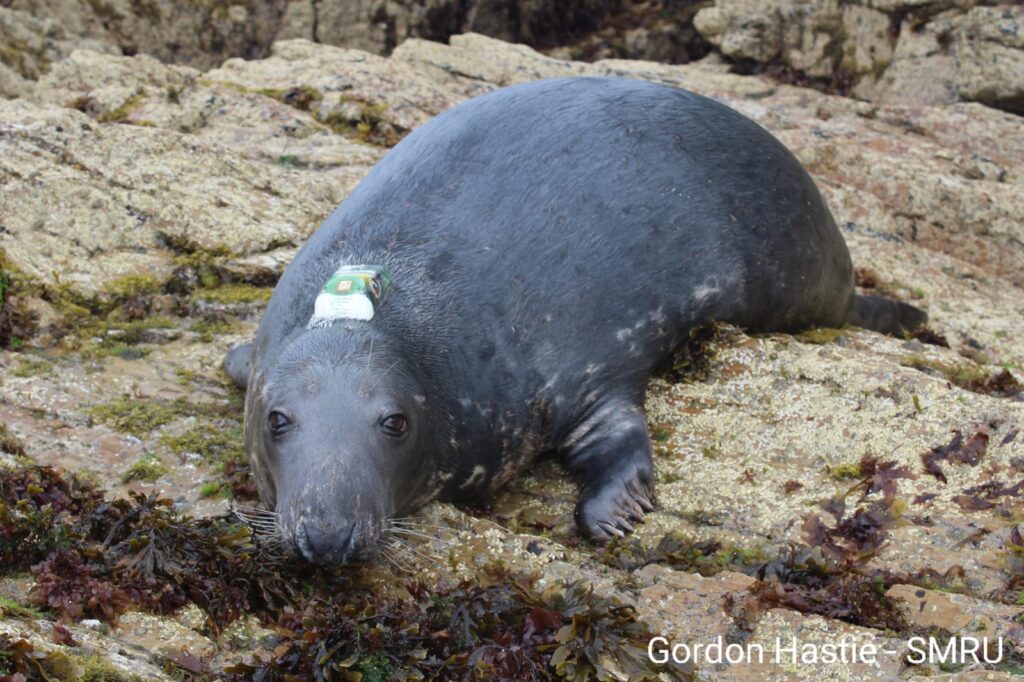
A grey seal with a SMRU Instrumentation GPS tag
Passive Acoustic Monitoring (PAM)
Passive Acoustic Monitoring, or PAM, is a long established technique which uses hydrophones (underwater microphones) to detect the sounds of vocalising animals. Small cetaceans (harbour porpoise and dolphins) are all highly vocally active and use echolocation clicks (also known as bio-sonar) to sense their environment and to hunt for prey. Dolphins also produce ‘whistles’ which are believed to have a social function. Many of these sounds can be automatically detected using computer algorithms, and if the sounds are detected on multiple hydrophones in an array, it’s often possible to calculate an animals’ location based on the time of arrival differences of the signal at different locations. PAM has the great advantage that it can work 24 hours a day, including at night, and also introduces no sound of it’s own to the marine environment, so cannot cause disturbance to the animals. [references?]
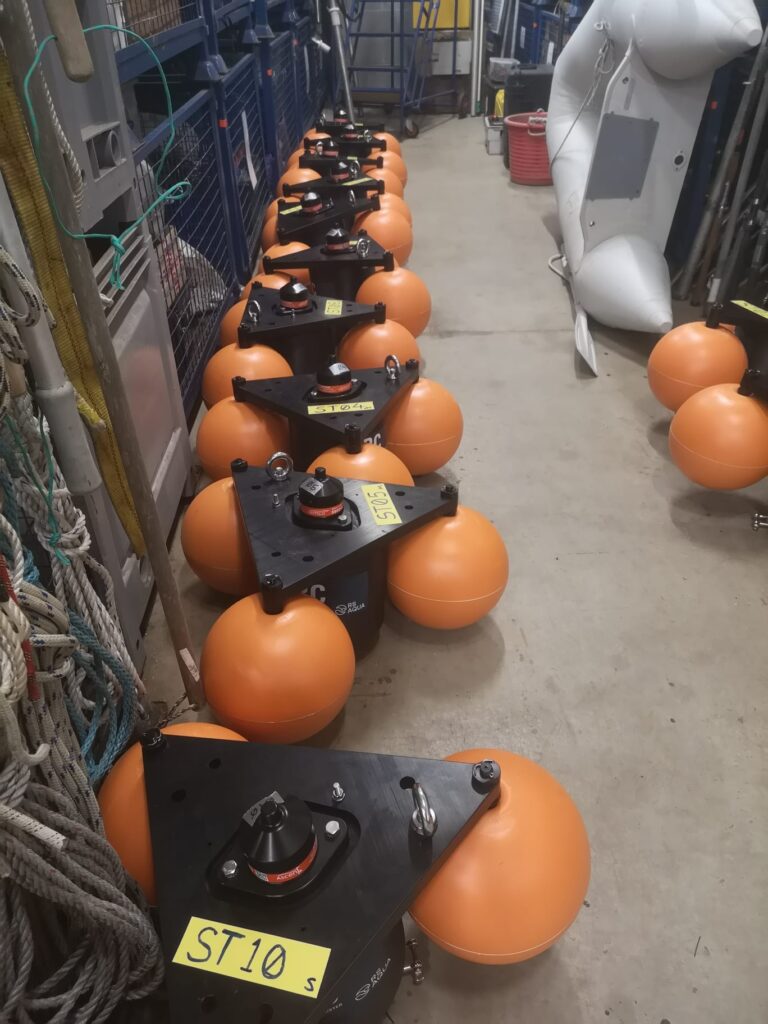
SoundTraps with Acoustic Release Canisters ready to be deployed
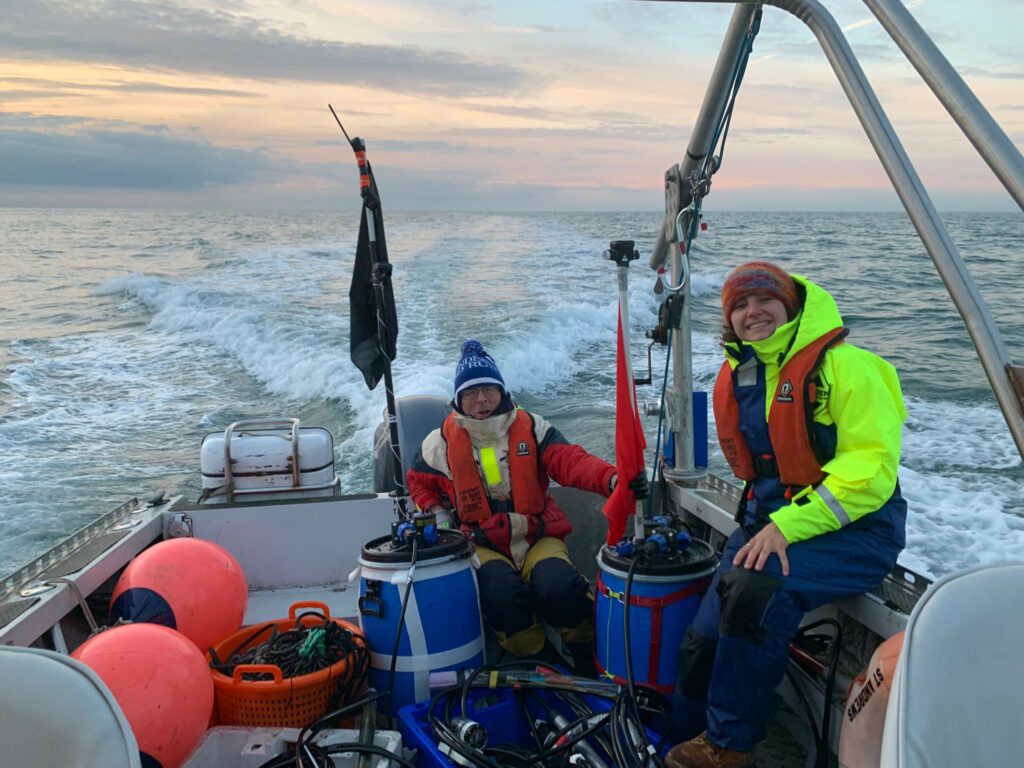
Taking the drifting PAM Buoys out for deployments in tidal rapids
Active Acoustic Monitoring (AAM)
Active Acoustic Monitoring, or AAM, can be used to detect and track silent animals, which in the UK, generally means seals, fish, and diving birds. Multibeam sonar send out a high frequency ‘ping’ and then detect the echo at multiple different angles (a bit like a dolphins own bio-sonar). This builds an image of animals in front of the sonar which is very similar to a radar image. We use very high frequency sonars, which produce pings outside the hearing range of most species in order to minimise the risk of disturbance. [references?]
Thanks to this new technology, we are able to monitor animal movements around the turbine, including any interactions. The WATER Group have just finished a year of AAM data collection at the MeyGen site, and will soon be collecting baseline data with Mentor Mon. Long-term monitoring will allow us to assess collision risk with the turbines, which will defer depending on site, species, and turbine type.
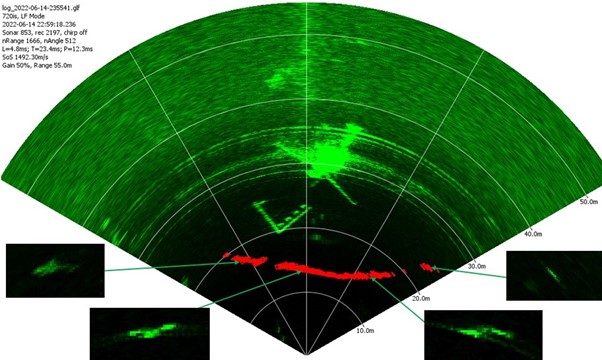
A sonar image showing the turbine in the centre with the track of a seal (red) moving in front of the turbine (inset images show stills of the seal along the track)
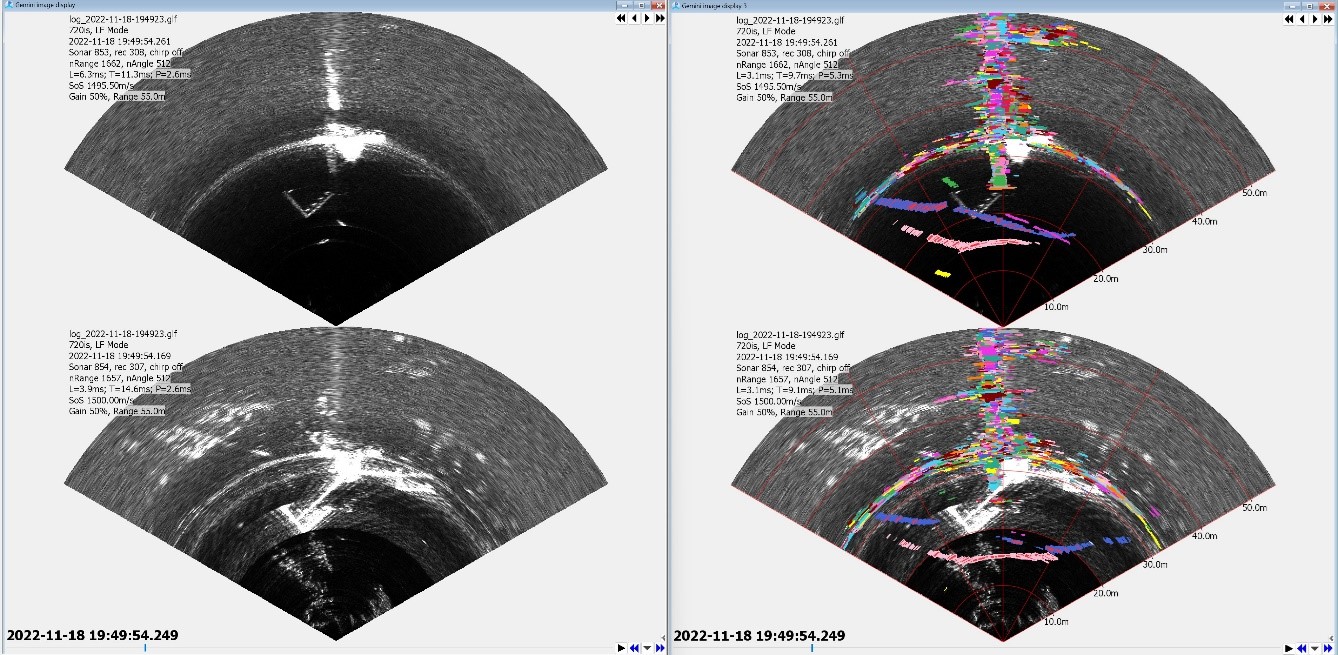
The PAMGuard interface; on the left is the sonar image, on the right tracks of moving objects are overlaid in colour